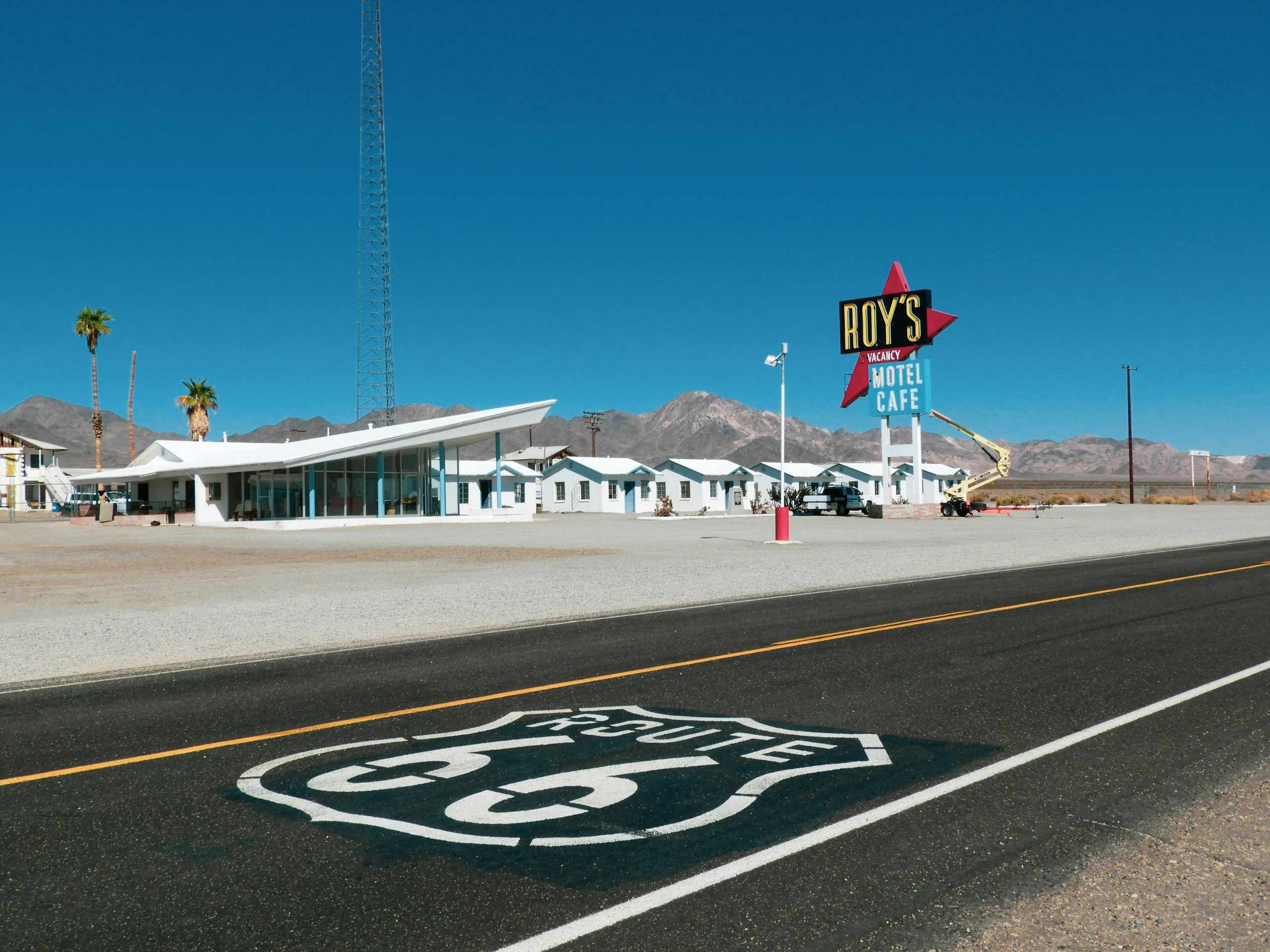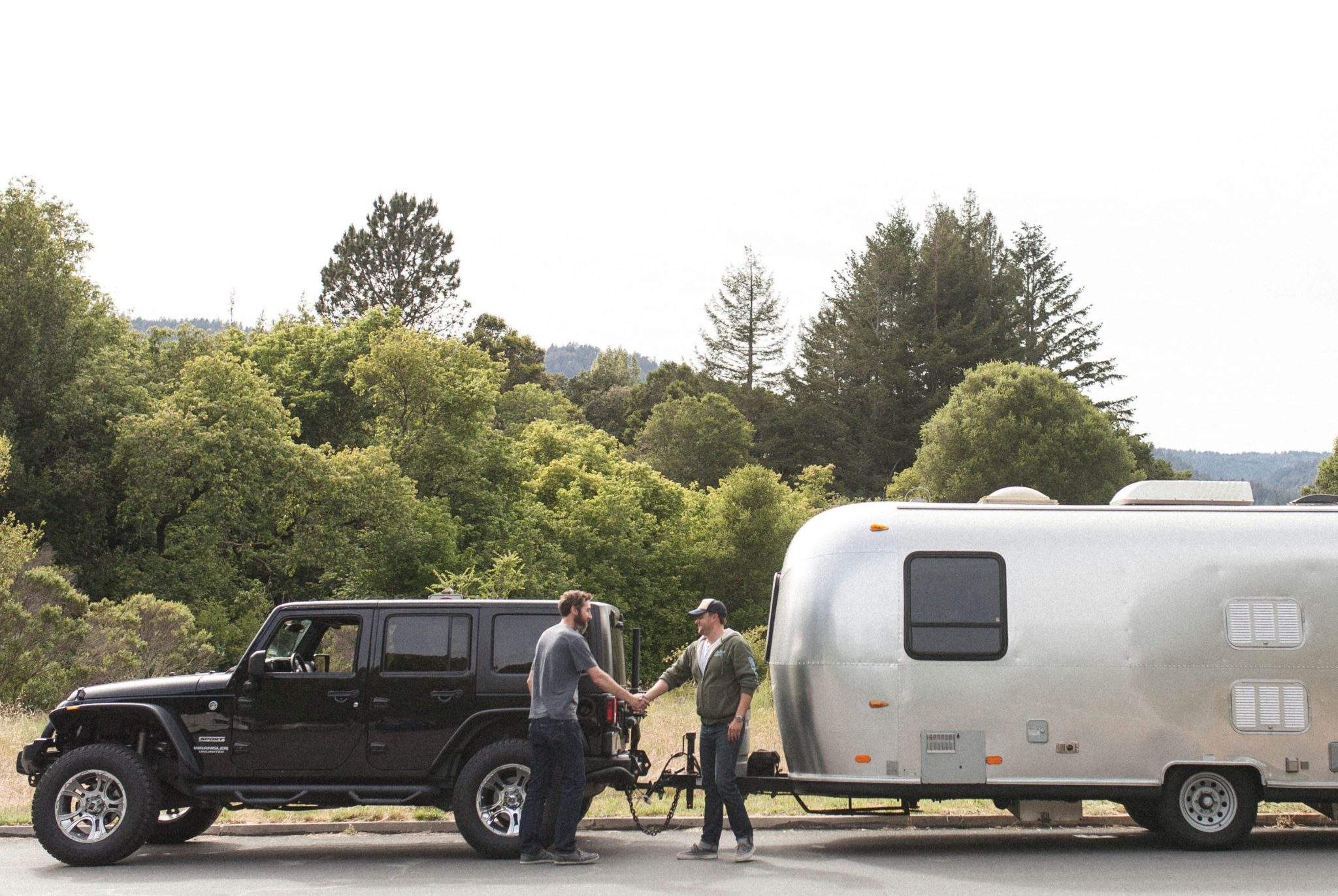If you are new to RVing, getting things hitched up right and making your way down the road can be pretty stressful. Those who have seen “The Long, Long Trailer” featuring Lucille Ball and Desi Arnaz probably know what I’m talking about here. Not familiar? Here’s a clip:
Now, hitching up and towing a travel trailer doesn’t have to be a white-knuckle experience. With a little bit of thought about what you are hauling and what you are hauling it with, you’ll be on your way to stress-free adventures. Here are some basics for towing a travel trailer:
Match up your vehicle with what you are towing
That makes sense, right? You can’t pull a big trailer with a small car. On your tow vehicle, make sure to follow the manufacturer’s specs on what can be towed. There are two numbers that determine how much your vehicle can tow – look for the Gross Vehicle Weight Rating (GVWR) and the maximum tongue weight. These two numbers will let you know how much your vehicle can safely tow. Both are important.
Once you have those numbers, you can figure out what hitch you need. There are five hitch classes, and each of these directly relates to how much you can tow. Some hitch manufacturers vary on exact capacity, so make sure you check with the manufacturer to ensure that everything is correct for your towing application.
- Class I: 2,000 lbs. Gross Vehicle Weight/200 lbs. max tongue weight. The hitch usually has a 1 1/4″ square opening.
- Class II: 3,500 lbs. Gross Vehicle Weight/350 lbs. max tongue weight. The hitch usually has a 1 1/4″ square opening.
- Class III: 5,000 lbs. Gross Vehicle Weight/500 lbs. max tongue weight. The hitch usually has a 2″ square opening.
- Class IV/V: 10,000 lbs. Gross Vehicle Weight/200 lbs. max tongue weight. The hitch usually has a 2″ square opening.
In addition to hitches there are a variety of additional devices that are commonly used, such as equalizers and sway control devices. Again, you may want to check with the manufacturers (both tow vehicle and travel trailer) as there are a lot of factors to determine the best setup for you.
Safety chains and wiring
Once you’ve got everything squared away between the vehicle and what you are towing, it’s time to hook it all up. Always use safety chains when towing – keep them crossed in an X configuration, the right side hooks to the left of the receiver, and left to the right of the receiver.
Lights! Don’t forget the lights. There are a myriad of connectors out there, so see what’s on your trailer and configure the receptacle on your vehicle to match.
Properly pack your trailer
Yes, that’s right. You can’t safely haul more than your hitch is rated for, and that includes all the fun stuff you’ve got stowed inside your trailer. Everything counts – food, water and all additional supplies you’ve loaded counts towards the Gross Vehicle Weight rating. You’ll also need to pack all of your stuff the right way to equalize the load.
In addition, make sure the tires on both your vehicle and trailer are all inflated properly. Check all trailer lights (blinkers, brakes, hazards) to ensure that everything is working correctly. If your trailer is equipped with electric brakes, make sure to check that out as well.
While on the road, keep it slow and steady. You are hauling a lot of stuff, so take your time and make wise decisions when braking and turning.
Keep in mind that we’ve only covered the basics. You’ll need to really get in depth about your particular vehicle and trailer combination and determine what works best.
Ready to go? You’ll find tons of awesome trailers for rent right here on Outdoorsy, with owners who are seasoned pros at towing and getting you to the campground. Also, you can pick what you like and chat with the owner directly. It’s too easy!








